In a world where first impressions can be formed in mere seconds, the garments we don each day serve as more than just practical attire; they resonate with the stories we tell about ourselves. “Dressing the Soul” examines the intricate dance between clothing and our inner lives, illuminating how our wardrobe choices mirror our personality, mood, and even our aspirations. From the vibrant hues of a sunny day that lift our spirits, to the comforting embrace of a favorite sweater on a gloomy afternoon, clothing plays a pivotal role in the tapestry of our self-expression. As we navigate the bustling landscape of everyday life, the fabrics we choose become a silent language, communicating our thoughts and emotions to the world around us. Join us on a journey into this fascinating interplay, where style becomes a canvas for identity and mood, revealing just how profoundly our attire can influence not only how we feel about ourselves, but how we are perceived by others.
Exploring the Emotional Palette of Fashion Choices
Clothing serves as a form of non-verbal communication, vividly expressing our inherent emotions and personalities. From the moment we choose an outfit in the morning, we engage in a subconscious dialogue with the world. Every color, texture, and silhouette whispers our mood: a vibrant yellow can ignite happiness, while deep navy might evoke introspection. The way a fabric drapes can transform our comfort levels; a soft cotton tends to embrace a sense of relaxation, while structured tailoring may instill confidence. Through these choices, we curate our outward appearances in a manner that reflects our inner states, subtly indicating to others how we feel.
Moreover, the emotional significance tied to certain garments creates a rich tapestry of personal history. **Key elements** that contribute to this connection include:
- Memories: A dress worn on a momentous occasion can evoke nostalgia.
- Cultural Significance: Traditional attire may reflect deep-rooted cultural pride.
- Style Evolution: Fashion choices can mark transitions in self-identity throughout life.
To illustrate these concepts further, the following table summarizes how different styles can embody specific feelings:
| Style | Emotion |
|---|---|
| Casual Wear | Relaxation |
| Formal Attire | Confidence |
| Bohemian Looks | Creativity |
| Sporty Gear | Energy |
As we navigate through our day, noticing the interplay between our clothing choices and emotional states can lead to deeper self-awareness. Understanding that what we wear carries meaning allows us to consciously select outfits that empower us or provide comfort, ultimately creating a more authentic expression of who we are.

The Language of Fabric: How Textures Influence Mood and Self-Expression
Every thread and weave tells a story, and the choice of fabric plays a significant role in how we perceive and communicate our emotions. Consider the difference between crisp cotton and soft velvet; while the former evokes a sense of freshness and vibrancy, the latter wraps us in warmth and luxury. The **textures** we wear can trigger feelings not just within ourselves but also influence how we engage with others. Fabrics can serve as a tactile language, speaking volumes about our current state or desired identity without us uttering a single word. When we slip into garments that feel good against our skin, they can elevate our mood, instilling confidence and a sense of well-being.
- Silk: Suggests elegance and sensuality, often uplifting the spirit.
- Wool: Evokes warmth and comfort, creating a cozy shield against the elements.
- Linen: Conveys a relaxed vibe, perfect for warmer days that encourage leisure.
- Denim: Represents casual coolness and durability, often associated with youth and freedom.
Moreover, the interplay of light and texture can alter not just our own emotions but also perceptions from the outside world. Fabrics are not merely clothing; they are cloaks that resonate with individuality. Wearing bold patterns can reflect a playful, daring personality, while muted tones might suggest introspection or minimalism. This intricate relationship between fabric and emotion is essential in understanding how we embrace our identity through personal style. Ultimately, every outfit is a canvas upon which we can paint our feelings. Below is a brief overview of how specific fabrics can shape our internal narrative:
| Fabric | Emotion | Style Statement |
|---|---|---|
| Silk | Luxury | Elegance and sophistication |
| Cotton | Casualness | Fresh and approachable |
| Leather | Edginess | Confident and rebellious |
| Knits | Comfort | Relaxed and inviting |
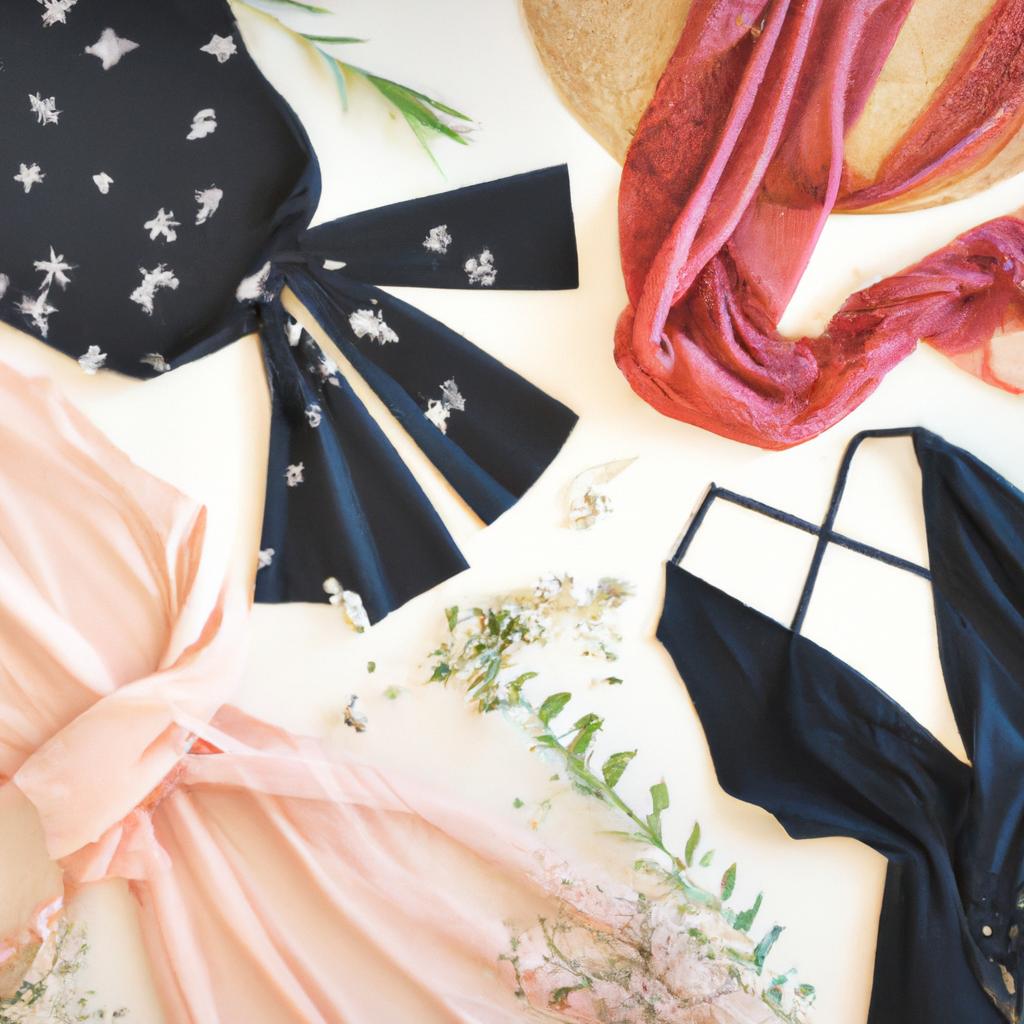
Curating Your Wardrobe: Practical Tips for Aligning Outfits with Inner Identity
To begin refining your wardrobe and ensuring it resonates with your true self, start by examining the pieces you currently own. Ask yourself if these items provoke joy or comfort, or if they serve a functional purpose in your daily life. Consider categorizing your clothes based on emotions they evoke or activities they align with. This will provide clarity on what truly represents your inner identity. A few suggested categories might be:
- Joyful Vibrance: Colors and patterns that make you feel alive.
- Comfort Essentials: Relaxed styles that embrace ease for home or casual outings.
- Professional Poise: Outfits that elevate confidence for work or networking.
- Creative Expressions: Unique pieces that showcase artistic flair and individuality.
Next, develop a capsule wardrobe that encapsulates your essence. This means selecting versatile, durable items that can interchange seamlessly while reflecting your identity. A practical approach to curating this selection could involve creating a simple table outlining key elements of your ideal capsule:
| Category | Item Example | Color Palette |
|---|---|---|
| Casual Wear | Classic White Tee | Neutral Shades |
| Work Attire | Tailored Blazer | Earthy Tones |
| Evening Wear | Little Black Dress | Timeless Black |
| Active Gear | Chic Leggings | Bright Colors |
This exercise not only clarifies your wardrobe choices, but it also empowers you to make intentional selections that enhance your daily mood and reflect your authentic self.
Final Thoughts
As we navigate the intricate tapestry of daily life, it’s evident that our clothing does far more than shield us from the elements or adhere to societal norms; it serves as a canvas, painting the nuances of our personalities and emotions. Each fabric we choose, every color we don, and the styles we embrace tell a story—a silent yet powerful narrative of who we are and how we wish to be perceived in the world.
dressing the soul transcends mere aesthetics; it encourages self-expression and fosters connection. As you ponder your wardrobe choices, consider the feelings and identities those pieces evoke. Remember, fashion is not just an external show but rather an intimate dialogue with oneself and others. Whether you’re curating a power outfit for a big meeting or slipping into something cozy on a quiet evening, let your attire reflect your essence—not just what you wear, but who you truly are. Embrace the transformative power of clothing, and let your soul shine through every thread.

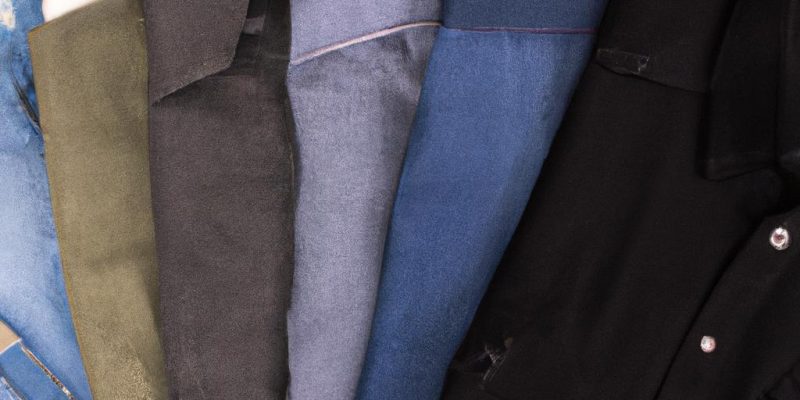
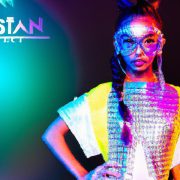

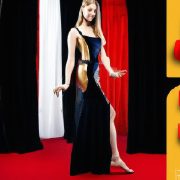

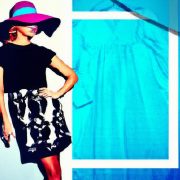

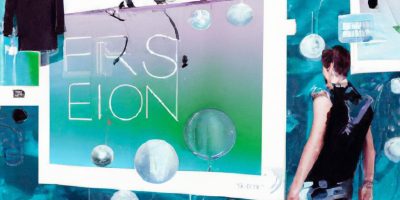
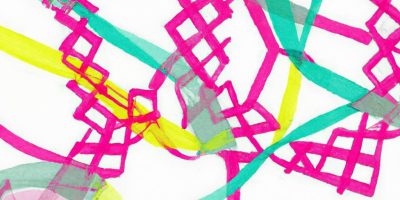



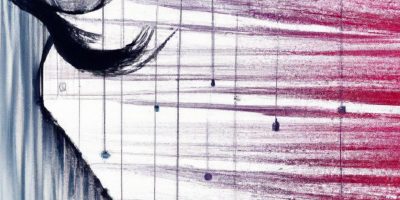


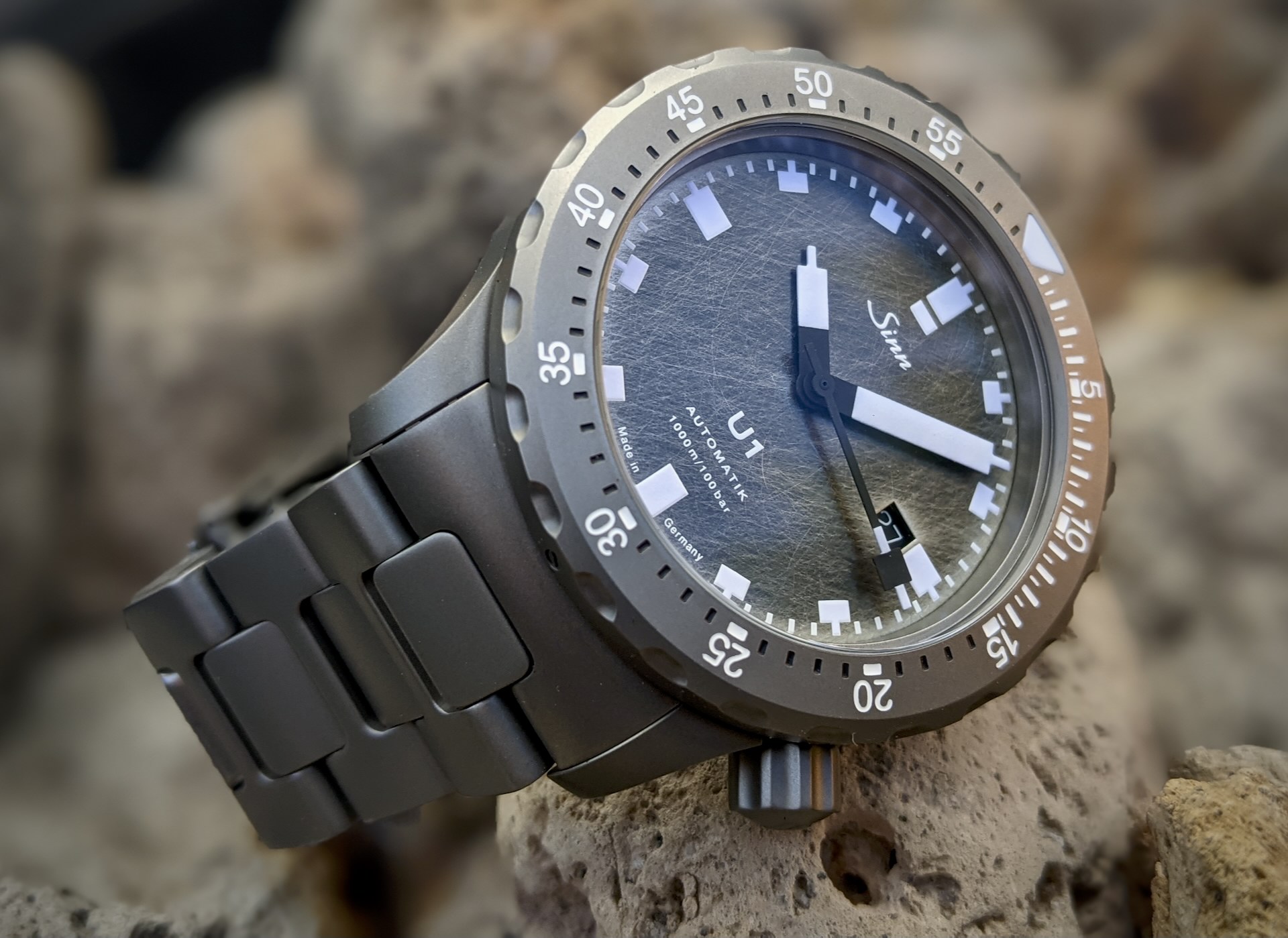


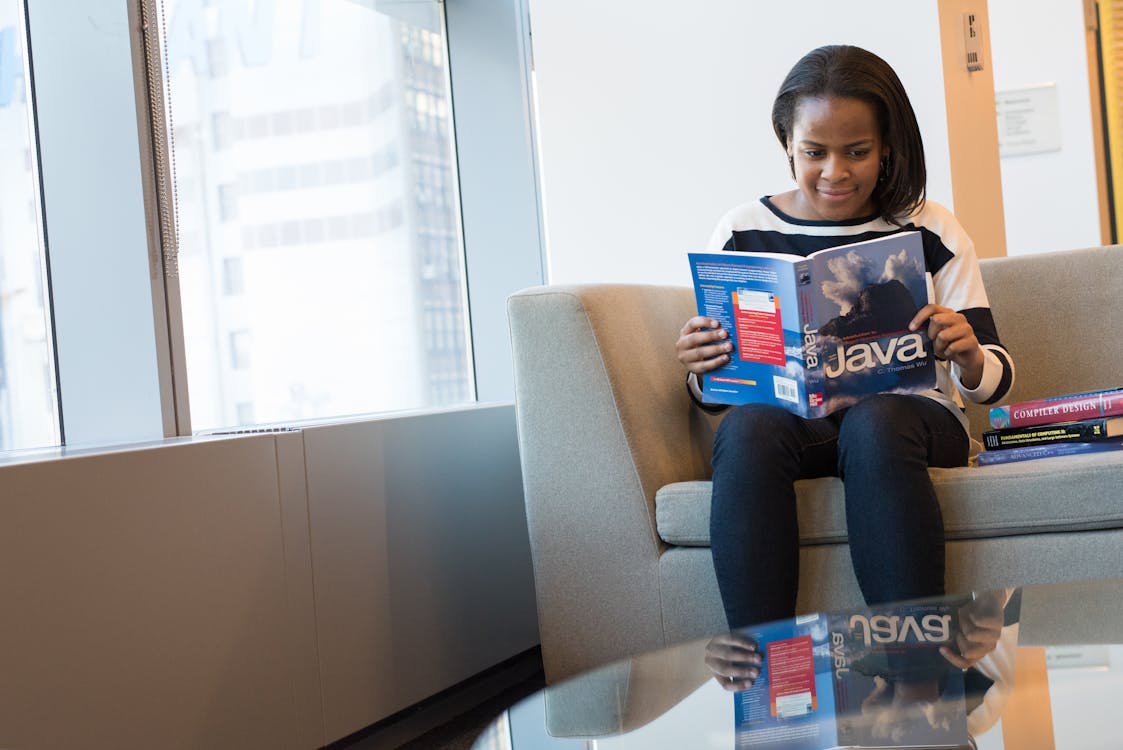

Comments